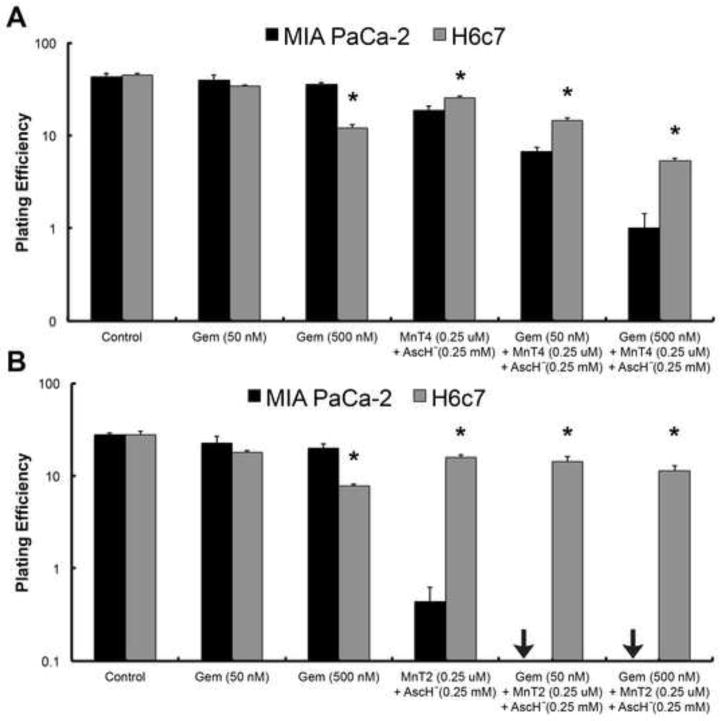Figure 2. MnP + AscH−-enhanced gemcitabine cytotoxicity selectively targets pancreatic cancer cells.
(A) When cells were treated with MnT4MPyP (MnT4, 0.25 μM) + AscH− (0.25 mM), with or without gemcitabine (Gem, 50 and 500 nM), clonogenic survival was significantly reduced in MIA PaCa-2 cells vs. H6c7 cells (*, P < 0.01); n = 3. For MIA PaCa-2 cells, the approximate H2O2 flux per cell under these conditions is 99 amol cell−1 s−1 for controls and Gem (50 and 500 nM), and 489 amol cell−1 s−1 for Gem + MnT4 (0.25 μM) + AscH− (0.25 mM) at 0, 50 and 500 nM Gem. For H6c7 cells, the approximate H2O2 flux per cell under these conditions is 90 amol cell−1 s−1 for controls and Gem (50 and 500 nM), and 460 amol cell−1 s−1 for Gem + MnT4 (0.25 μM) + AscH− (0.25 mM) at 0, 50 and 500 nM Gem.
(B) When cells were treated with MnT2EPyP (MnT2, 0.25 μM) + AscH− (0.25 mM), with or without Gem (50 and 500 nM), clonogenic survival was again significantly reduced in MIA PaCa-2 cells vs. H6c7 cells (*, P < 0.01); n = 3. In both experiments, H6c7 cells were significantly more sensitive to Gem (500 nM) than MIA PaCa-2 cells (*, P < 0.01). For MIA PaCa-2 cells, the approximate H2O2 flux per cell under these conditions is 69 amol cell−1 s−1 for controls and Gem (50 and 500 nM), and 450 amol cell−1 s−1 for Gem + MnT2 (0.25 μM) + AscH− (0.25 mM) at 0, 50 and 500 nM Gem. For H6c7 cells, the approximate H2O2 flux per cell under these conditions is 65 amol cell−1 s−1 for controls and Gem (50 and 500 nM), and 420 amol cell−1 s−1 for Gem + MnT2 (0.25 μM) + AscH− (0.25 mM) at 0, 50 and 500 nM Gem.

